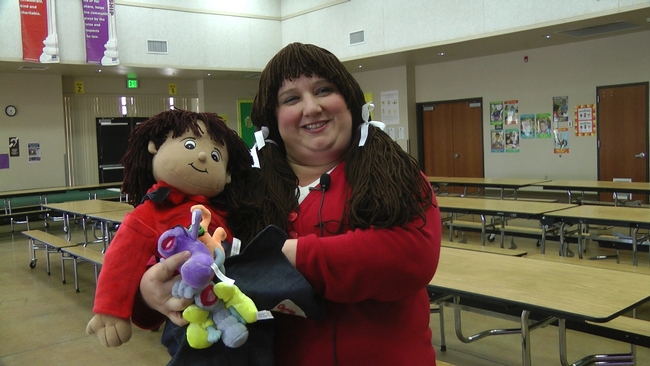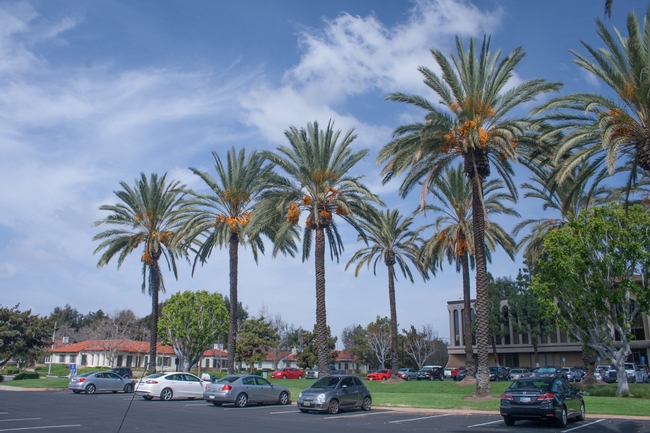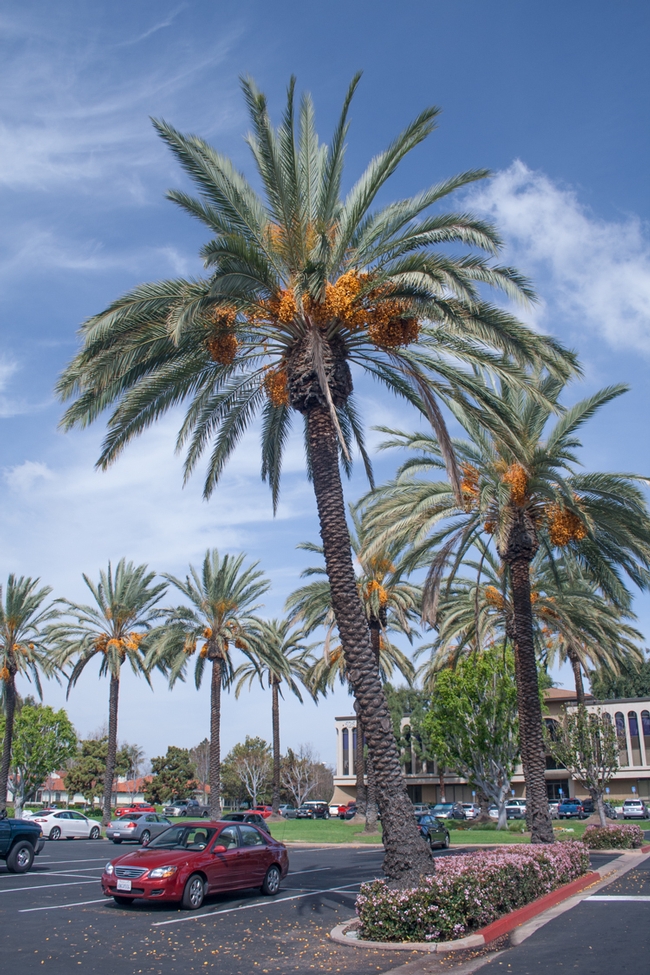UC Food and Agriculture Blogs
Spring Treatments for Backyard Fruit Tree Insects: Spotted Wing Drosophila
[From March 2013 issue of the Retail Nursery and Garden Center IPM News.] Spotted winged drosophila (SWD), Drosophila suzukii, is a fruit fly that first arrived in California in the late 2000s and now is present throughout most of the state (Figure 1)....
Compost Tea
[From the August 2013 issue of the UC IPM Green Bulletin newsletter] What is compost tea? Is it a good nutrient source? Can it suppress plant disease? The fundamentals of compost tea are very simple: it's merely compost suspended in a porous bag (like...
An energetic musical reinforces nutrition education
It would be hard to forget a couple of kidneys singing the blues, or a disembodied heart demanding more exercise. That's what UC Cooperative Extension nutrition educators are banking on. The educators are pilot-testing a curriculum called “The OrganWise Guys” to help children remember healthy eating messages.
“The kids are really retaining the information because it is brought to life,” said Shawna Rogers, UCCE nutrition program coordinator. She and her colleagues take a four-foot doll to schools and peel open the chest to reveal plush toys representing all the organs. “Each time we go into the classroom, we focus on one organ and how they can keep that organ healthy.”
The dolls and nutrition curriculum are provided to teachers so they can be used to teach the children throughout the year.
The classroom series culminates with a lively stage play in which the organs come to life (see the video below). The OrganWise Guys curriculum is being tested at Olmos and Rowell elementary schools in Fresno with 688 students and 27 teachers as a possible supplement to traditional UC CalFresh curriculum, which was developed to extend nutrition education to recipients of CalFresh benefits (formerly called food stamps).
“OrganWise Guys curriculum pairs really nicely with the evidence-based curriculum that UC has put together,” said Shelby MacNab, UCCE nutrition program manager. “We teach about nutrition and healthy foods, and then we can show the students how that leads to a healthy body.”
Judging by enthusiasm, The OrganWise Guys is a rousing success. A more formal evaluation will be conducted by surveying the children's parents, said Kristen Stenger, UCCE nutrition, family and consumer sciences advisor for Fresno County.
“We will ask parents if the kids have mentioned the OrganWise Guys at home or if they have told them what they learned at school about the body, health and nutrition,” Stenger said.
Once the full educational model has been developed with the OrganWise Guys curriculum, it will be offered to additional school sites.
UC IPM Videos on YouTube
Do you know how to check your hotel room for bed bugs before you settle in for the night? Can you tell the difference between yellowjackets, paper wasps, and other common wasps? What's in that bottle of pesticide you are thinking of using on your plants?...
Ornamental landscape date palm: An overlooked urban fruit tree
One fruit, though, is not on the radar of foodies and foragers. Yet it's crunchy, sweet, flavorful, often seedless, and very common in Southern California landscapes. It's the fruit of the date palm, rarely thought of as a food source in our urban environment, more frequently viewed as a nuisance because dates fall off trees, where they create litter that must be cleaned up.
Unfortunately, coastal Southern California lacks the high sustained heat and aridity for proper fruit maturation and curing to produce traditional soft-ripe dates of good eating quality. The dates that fall from the trees have been unattractive to gather for sale and consumption, processes that could help to resolve the fruit litter problem in the landscape.
However, some varieties of dates can be eaten at a less than a mature state, traditionally called “khalal.” Fruit in the khalal stage have attained their maximum size, are typically yellow or red, have a sweet flavor, and are crunchy, somewhat like an apple. Several date varieties, like ‘Barhee,' are sometimes sold and eaten in the khalal stage. Fortunately, from a food standpoint (or unfortunately if you are a landscape manager), date fruits do mature to the khalal stage in coastal Southern California because high sustained heat and aridity are not required to attain this stage of development.
While ‘Barhee' is not too common as a landscape subject, another variety, ‘Zahidi,' is common and typically produces abundant fruits in coastal Southern California. These golden yellow fruits are conspicuous and showy in the khalal stage, are typically on the palm for several months from late fall to spring, and are really good to eat. Also, in many cases, these fruits are seedless! (Note to horticulture geeks: date palms are dioecious - separate male and female trees - and because nearly all edible date palms in the landscape are female, their flowers were pollinated by other species of landscape Phoenix. The resulting hybrid fruits are seedless, or pollination is not required for fruit to set and develop - parthenocarpy.)
Urban foragers looking for their next food adventure, or even a potential enterprise, might want to consider taking advantage of this otherwise nuisance and unwanted fruit. Khalal fruit can be gathered from the ground and cleaned. But it is best to collect them off the palm. Cutting an inflorescence (entire fruit stalk) and lowering it carefully to the ground would be ideal.

Khalal-stage fruits of the date variety ‘Zahidi’ are really good to eat: crunchy, sweet, and flavorful. Also, they are seedless (D. R. Hodel).





